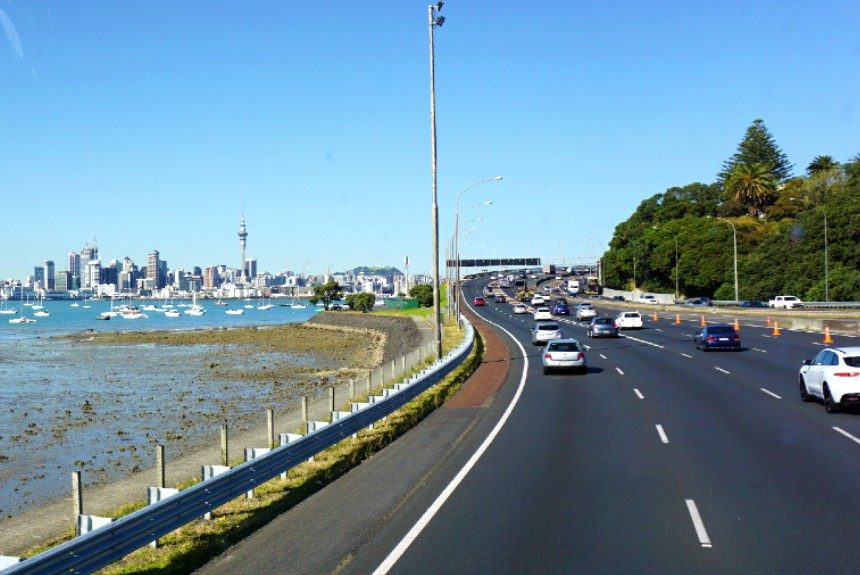The National Institute of Water and Atmospheric Research (NIWA) report titled “New Zealand Fluvial and Pluvial Flood Exposure” provides a flooding profile and study of the country’s flood hazard.
It stated that the number of insurance claims indicates that flooding events in New Zealand are on the rise. Flooding has been the most frequent and damaging natural hazard since the late 20th century.
The NIWA report states that climate change is expected to bring more intense and frequent rainfall, as well as sea-level rise, which can increase flood inundation risks across New Zealand.
According to the report, New Zealand does not yet have a nationally consistent flood hazard map that identifies populations and assets at risk, specifically in fluvial and pluvial flood plains.
Importance of the flood hazard area map (FHLA)
The report addresses this challenge by creating a composite flood hazard area map (FHLA) from modelled and historic flood hazard maps and flood-prone soil maps that were publicly available in August 2018.
Through these composite flood hazard area maps, elements at risk were identified and enumerated in the report. This includes populations, buildings, transport infrastructure, electricity infrastructure, three-waters infrastructures and land cover.
These maps show the areas and populations with the highest exposure in populous regions like Auckland, Waikato, Wellington, and Canterbury. Canterbury has the highest exposed assets and people. The report also shows the production land most exposed in essential dairy and pastoral production regions, including Waikato, Canterbury, and Southland.
The national flood hazard area (FHLA) map displays the estimated population, built assets, land cover, transport infrastructure exposure, and the New Zealand building and replacement value of those assets exposed to flooding hazards for each region.
Climate change and flood hazards
NIWA has previously assessed the potential impacts of climate change on New Zealand’s agricultural water resources and flood flows.
The report mentions the links between climate change and flood hazards. To determine this, the mean annual flood (MAF) discharge is analysed under four representative pathway scenarios (RCP) for the 2036-2056 and 2086-2099 periods to assess the level of potential flood hazards to populations and assets in catchment areas sensitive to changes in mean annual flood (MAF) discharges. The report discusses the possible risks associated with future variations in MAF.
The report shows the following assets and population within New Zealand’s potential flood hazard area.
These include 20 thousand square km of approximately 675 thousand resident-occupied areas, 411 thousand buildings with a replacement value of NZD 135 billion as of 2016 replacement values, 19 thousand km of roads, over 1,500 km of railway, 20 airports, 1,397 km of transmission lines, and more than 21 thousand km of three-water pipelines.
Recommendation of the study
The study recommends a national-scale exposure assessment for both present-day and future exposures. This includes:
- Improving and extending flood hazard model using high-resolution topographic data that incorporates essential features like stopbanks, culverts, and bridges, which influence flood hazard characteristics; and
- Updated and improved population spatial data sets, building spatial data sets, infrastructure spatial datasets, and land cover spatial datasets include more categories or layers of information. For example, buildings are categorised as rest homes, schools, etc., in building spatial data sets.
Browse the entire report by clicking the link in the “Source” section.
Source Citation:
Paulik, R., Craig, H., & Collins, D. (2019, June). New Zealand Fluvial and Pluvial Flood Exposure. National Institute of Water & Atmospheric Research Ltd. The Deep South Challenge. Retrieved from https://deepsouthchallenge.co.nz/wp-content/uploads/2021/01/Exposure-to-River-Flooding-Final-Report.pdf



Leave a Reply